Tube swaging is a process of forming metals that is used to cut down or alter the diameter or shape of rods or tubes. This process is unique because it does not require welding or cutting.
In this guide, we will explore all fundamental aspects about tube swaging process – let’s dive right in.
Advantages of Tube Swaging
Some advantages of tube swaging include:
- It enhances tube strength through compression and shaping.
- Ensures that all dimensions are changed precisely and accurately.
- It is versatile, so you can use it on a variety of materials.
- Tube swaging is able to have links that are leak-proof and clean.
- Affordable than all other techniques used to form tubes.
- Tubes achieve smooth transitions, which makes them exciting to use.
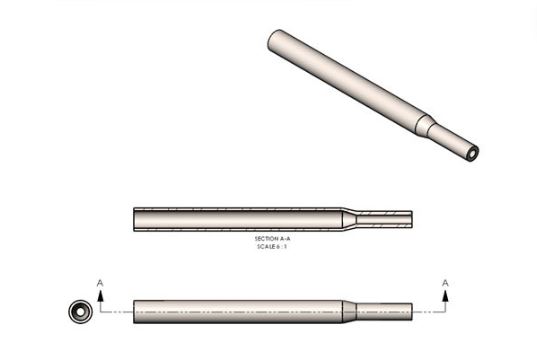
Main Tube Swaging Tools
Tube Swaging Die
These dies are tools that finally decide the size and shape of tubes. Their ability to have different shapes and tubes produced is due to their various profiles and availability.
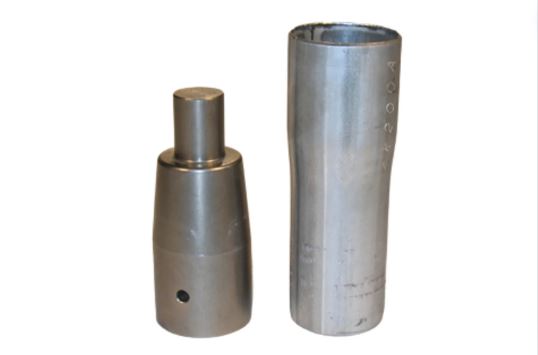
Mandrel Tube Swaging Tool
Mandrels are rods or bars fitted into tubes to provide internal aid through swaging. This way, the tube never loses its shape or gets damaged.
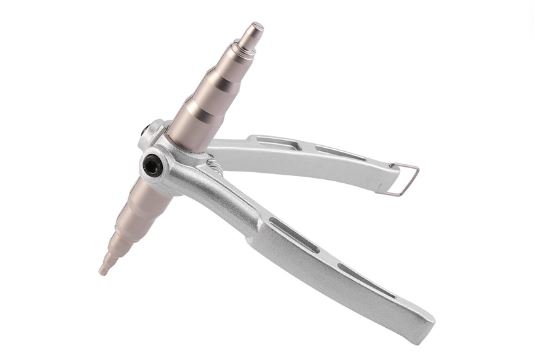
Hand Tube Swaging Tool
Hand tube swaging operation tools are manual tools that necessitate some physical effort for tubes to be swaged. These tools can represent or be called a copper tube swaging tool because they are common in copper tube swaging.
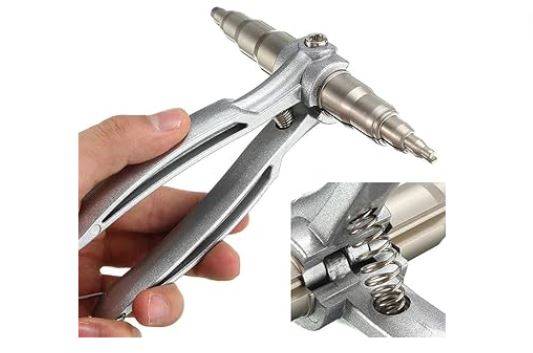
Tube-Expanding Swaging Tool
This tool comes in handy when the tube’s diameter needs to be increased. It is mainly used for expansion before swaging is done.
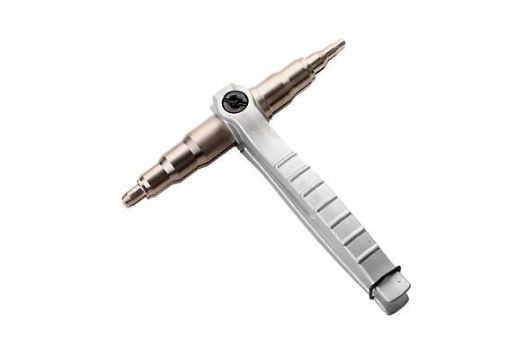
Hydraulic Tube Swaging Machine or Tool
These tools employ hydraulic pressure to go about swaging. The hydraulic tube swaging tool uses a lot of force and is very precise. However, much physical effort is not needed.
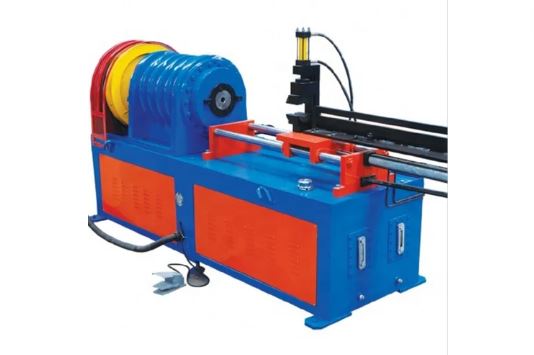
Rotary Tube Swaging Tool
Rotary tube swaging tools make use of rotary movement to deform tubes gradually as they go through rotating dies. They can be used as an aluminum tube swaging tool and as a steel tube swaging tool.

Press the Tube Swaging Tool
This machine is mostly seated at a point. It shapes and compresses tubes through press motion.
Tube Swaging Techniques
Rotary Swaging
Rotary swaging is a process of forming metals to either decrease its diameter or reshape its end. These can be either for rods or for tubes.
Working Principle
This tube swaging services technique is achieved when two, or more dies that are different are used to rotate around the tube. These dies hit against the tube quickly, but gradually transforming it into the ideal shape.
Different Classification Creteria
- Infeed rotary swaging
With this type, tubes are put into the rotary tool. When that is done, swaging begins to decrease the tube’s diameter along its length.
- Fixed rotary swaging
With the fixed rotary swaging type, tubes are held in one position as dies move around it. Therefore, swaging is to a particular part of the tube.
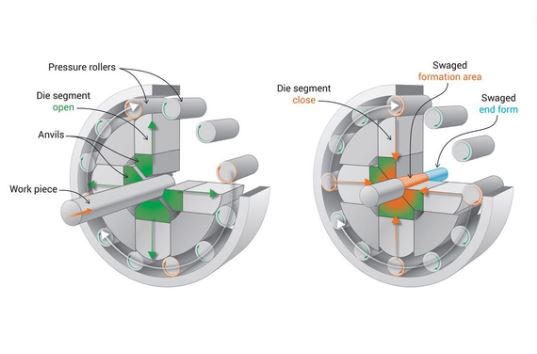
Taper Swaging
Taper swaging is a process of diameter reduction of tubes achieved along the tube’s length with a tapered end created.
Working Principle
This process entails the use of swaging tools filled with dies that gradually compress tubes, reducing diameter, in order to have a taper formed.
Types
- Hammer taper swaging
- Hydraulic taper swaging
- Fixed taper swaging
- Infeed taper swaging
- Hot taper swaging

Step-by-step Tube Swaging Process
Here are the simple steps of the tube swaging process:
Step 1 – Choose your Ideal Tube
You need to begin by deciding on the ideal tube and material for your swaging process. Some materials you can choose from include steel, aluminum, copper, etc.
Step 2 – Tube Cleaning
Make sure you have the tube wiped very well to take away all dirt and filth. If there is the need, you can include cleaning with a cleaning solution.
Step 3 – Tube End Deburring
After step 2, take your time to deburr the tube’s ends to get rid of all burrs or sharp edges. This needs to be done to prevent any problems with the swaging process along the line.
Step 4 – Deciding on Dies and Fix Them
Based on the specific diameter or shape you need achieved, choose an ideal die or ideal dies. Make sure these dies go with the tube size and material. Fix dies into the machine and ensure they are well mounted.
Step 5 – Set Swaging Machine
Machine setting needs to be done to ensure speed, pressure, and length of strokes are right.
Step 6 – Tube Insertion
Now, you will need to take your time to have tube well inserted into the machine. Based on the type of swaging technique used, this method of insertion will differ. With hydraulic swaging tools, tubes are inserted between the fixed dies. While, with rotary swaging, tubes are fed into the dies that are rotating.
Step 7 – Swaging Starts
Press the start button to make sure the machine begins swaging. Before that, make sure tubes are well aligned. As this is being done, make sure you check the process cautiously.
Step 8 – Take out the Swaged Tube
With the process of tube swaging completed, cautiously take out the tube from the tool. Check to be sure it has reached the ideal shape you wanted and make sure all defects are checked too.
Step 9 – Cleaning
When the tube is done swaging, the swaging tool or machine and its dies need to be cleaned. Clean to take away any dirt from it. This will help it last longer.
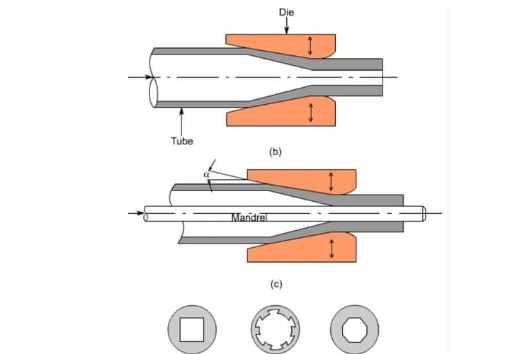
Comparing Tube Swaging to other Processes
Tube Reduction
Below are some of the ways tube swaging and tube reduction differ:
Working Procedure
Tube swaging goes about tube deformation with dies while tube reduction decreases diameter through die drawing.
Applications or Uses
Tube swaging are used to achieve intricate shapes, and tapered ends, while tube reduction is used in plumbing, seamless, and structural tubes.
Equipment
For tube swaging, the equipment used can include hydraulic, rotary, and manual swaging tools while with tube reduction, tube drawing and reduction devices or machines are used.
Mechanical Properties
With tube swaging, tube strength is enhanced through work hardening and with tube reduction, tube obtains uniform strength through drawing.
Tube End Forming
Note the following when comparing tube swaging and tube end forming:
Working Process
Tube swaging goes about tube deformation with dies while tube end forming reshapes the end of tubes through pushing or pressing.
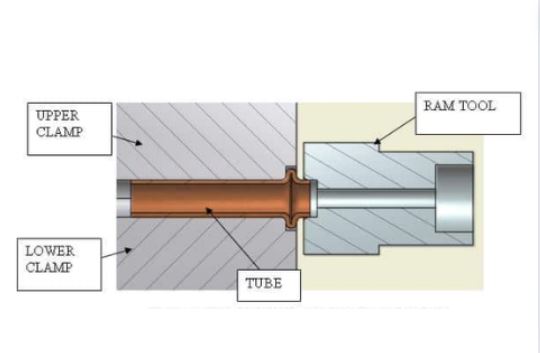
Outcome
Tube swaging is able to modify or change the length of the whole tube or have tapers while tube end forming focuses ideally on the end of the tube.
Application
Tube swaging are used to achieve intricate shapes, and tapered ends, while tube end forming is used mostly to expand, thread, flare, bead, and reduce.
Mechanical Properties
With tube swaging, tube strength is enhanced through work hardening and with tube end forming, tube strength is maintained or strength is enhanced slightly.
Tube Expansion
Below is a list comparing tube swaging and tube expansion:
- Working process
Tube swaging goes about tube deformation with dies while with tube expansion, diameter is increased with mandrels or pressure from within.
- Outcome
Tube swaging is able to modify or change the length of the whole tube or have tapers while tube expansion concentrates more on heightening tube diameter.
- Application
Tube swaging machine for sale is used to achieve intricate shapes, and tapered ends, while tube expansion can be used to create flares, fit tubes, and heighten internal diameter.
- Mechanical properties
With tube swaging, tube strength is enhanced through work hardening and with tube expansion, calculated control is required to prevent tubes from getting weak.
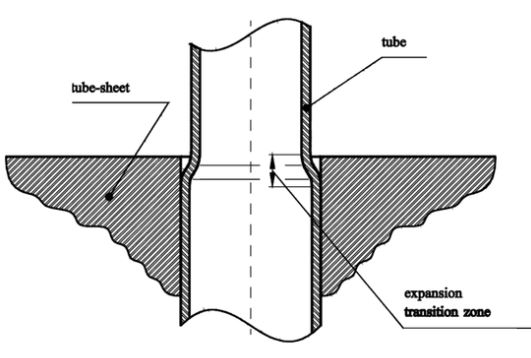
Applications of Tube Swaging Process
Some applications of tube swaging process are:
- Used in the automotive industry in drift shafts, exhaust pipes, fuel and brake lines, etc.
- Common in the aerospace industry for hydraulic tubing, to form landing gear parts, control rods, etc.
- It can be found in the plumbing industry in heat exchanger tubes, personalized piping solutions, fittings, connectors, etc.
- Utilized in the medical industry to form medical device parts, catheters, tubing, surgical instruments, etc.
- Ideal in the construction industry for forming poles, masts, scaffolding parts, structural supports, etc.
- Oil and gas industry for parts used in generating power, drilling tubes, extraction tubes, wind turbine components, solar panel support, etc.
- The engineering industry uses tube swaging processes to form complex parts for machines, design unique tools with complex shapes, etc.
- Used in the furniture industry to create stable and strong display stands, parts for unique lighting fixtures, etc.
Conclusion
Tube swaging companies processes continue to gain much fame worldwide. Due to their unique benefits, gathering the right information where they are concerned will always help you make better choices.
Other Related Processes:
Tube Drilling – Source: KDM
Tube Bending – Source: KDM
Tube Fabrication – Source: KDM




